Panasonic Lumix S5 launches officially… and looks very small and very tasty!
The Lumix S5 should appeal equally to photographers and videographers and gives you A LOT for your money
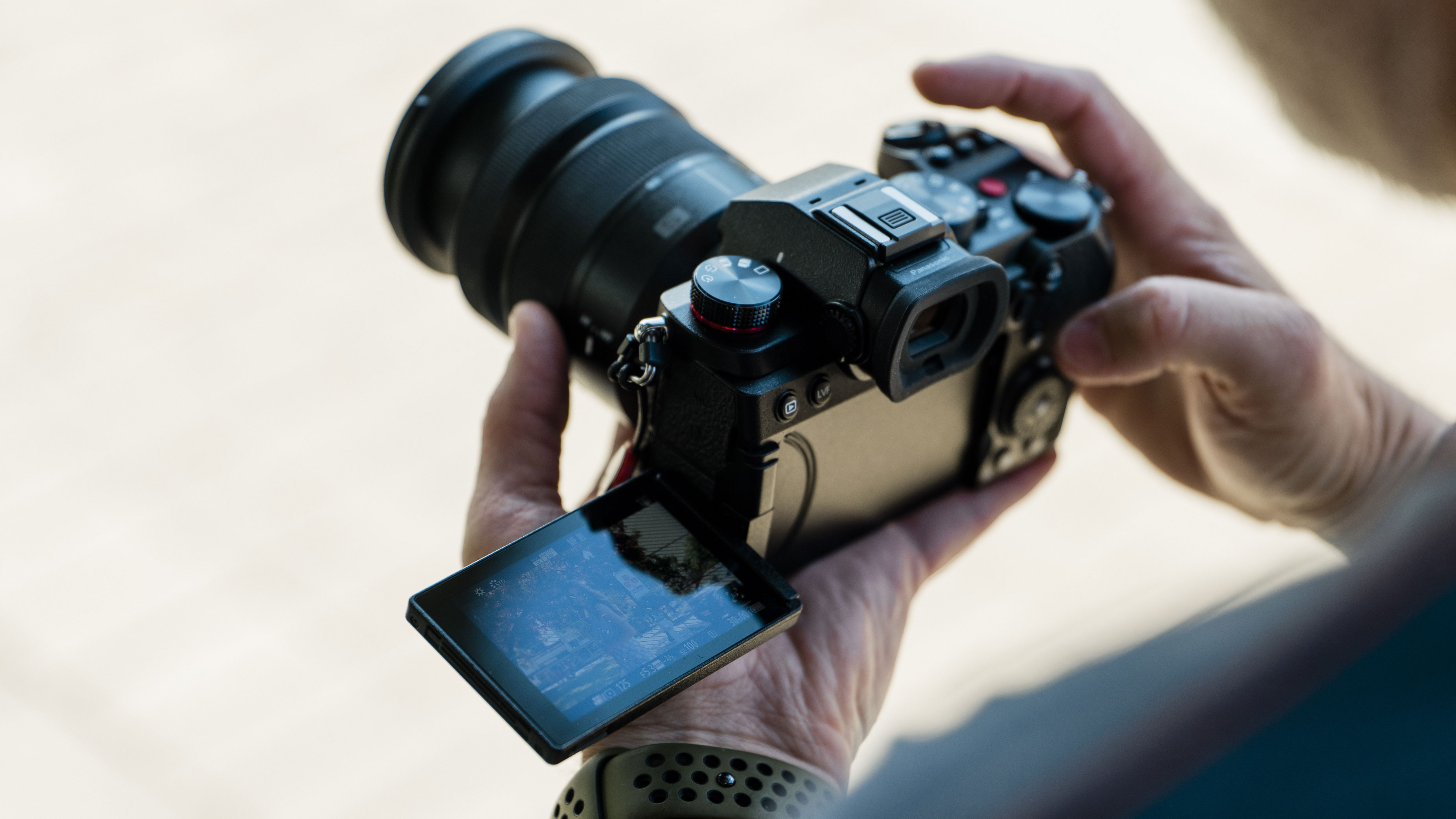
Panasonic already makes three full frame Lumix S cameras, and the Lumix S5 makes it four. Where the others are pretty weighty cameras aimed at professionals, the Lumix S5 is smaller, lighter, cheaper and nimbler, and aimed at the surging market for hybrid photo/video content creation tools.
The Lumix S5 does not, however, look like a cut-down budget alternative. (Read our full Panasonic Lumix S5 review.) Although it’s considerably smaller than the S1, S1R and S1H – and smaller even than the Micro Four Thirds Lumix GH5 – it has a weather-sealed die cast magnesium alloy body, the same sensor as the Lumix S1 and extremely impressive video capabilities.
In fact, this puts the Lumix S5 head to head against Panasonic's smaller MFT video/stills cameras. Check out our Panasonic Lumix GH5 II vs S5 article to see how that pans out.
• Read more: Panasonic announces five new L-mount lenses "in development"
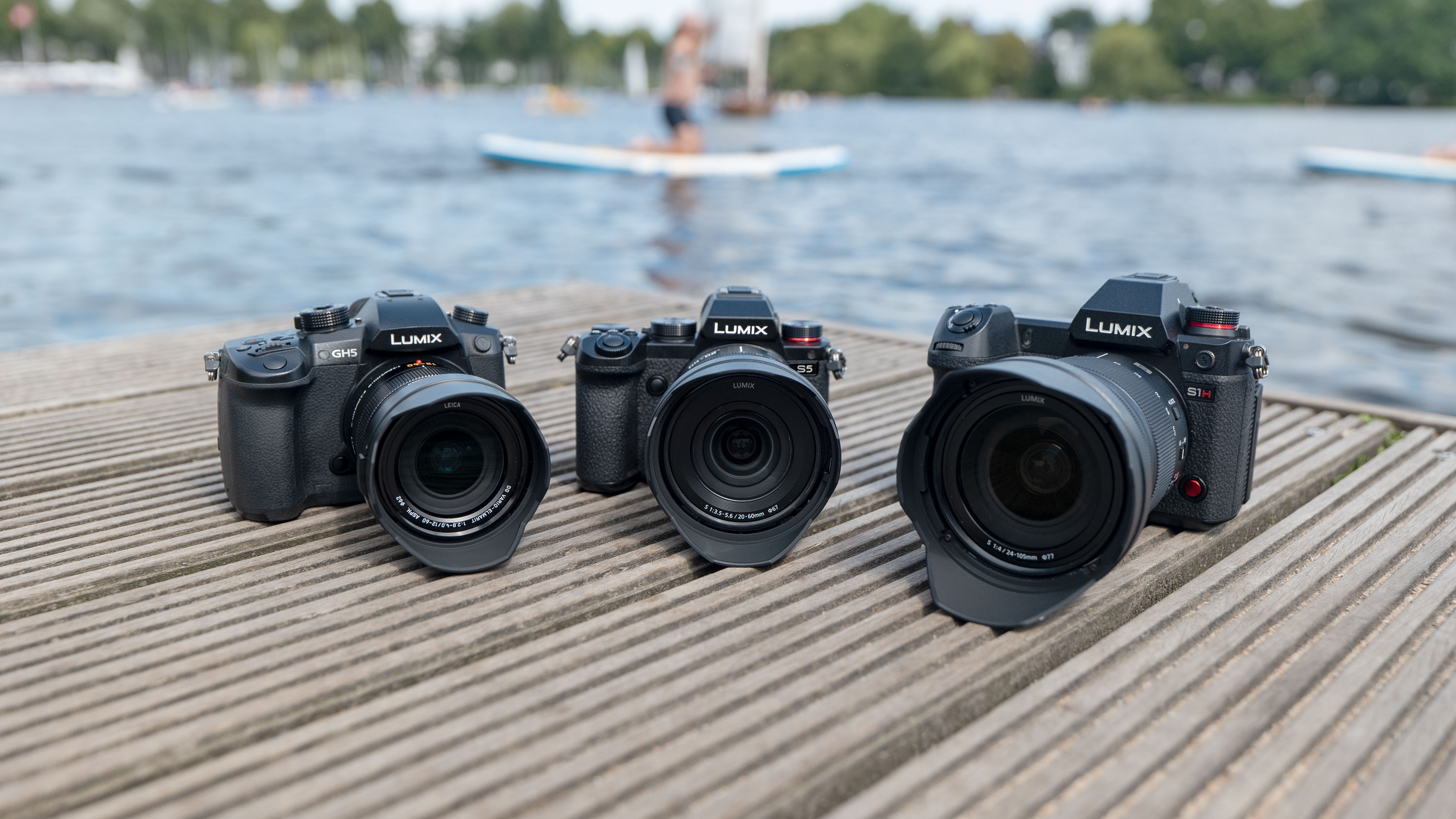
Lumix S5 photo specifications
Some Panasonic mirrorless cameras, like the Lumix S1H and GH5S, are definitely skewed towards video, but the Lumix S5 goes straight down the middle with features that will appeal equally to stills photographers.
At heart it has the same 24-megapixel full frame sensor as the Lumix S1 and uses a similar contrast AF with DFD (depth from defocus) autofocus system. Panasonic says this can work down to -6EV and uses high-speed 480fps communication between the body and Panasonic Lumix S lenses to achieve autofocus times as short as 0.08sec.

With this model, Panasonic says it has introduced ‘deep-learning’ technology to allow real-time detection of of subject types and human features like eyes, faces, heads and bodies – and can carry on tracking people even if they move quickly, turn their back, tilt their head or move further away.
Get the Digital Camera World Newsletter
The best camera deals, reviews, product advice, and unmissable photography news, direct to your inbox!
The Lumix S5 has a hybrid in-body and lens-based optical stabilisation system which offers up to 6.5 stops of shake compensation, or up to 5 stops with lenses that don’t have O.I.S.
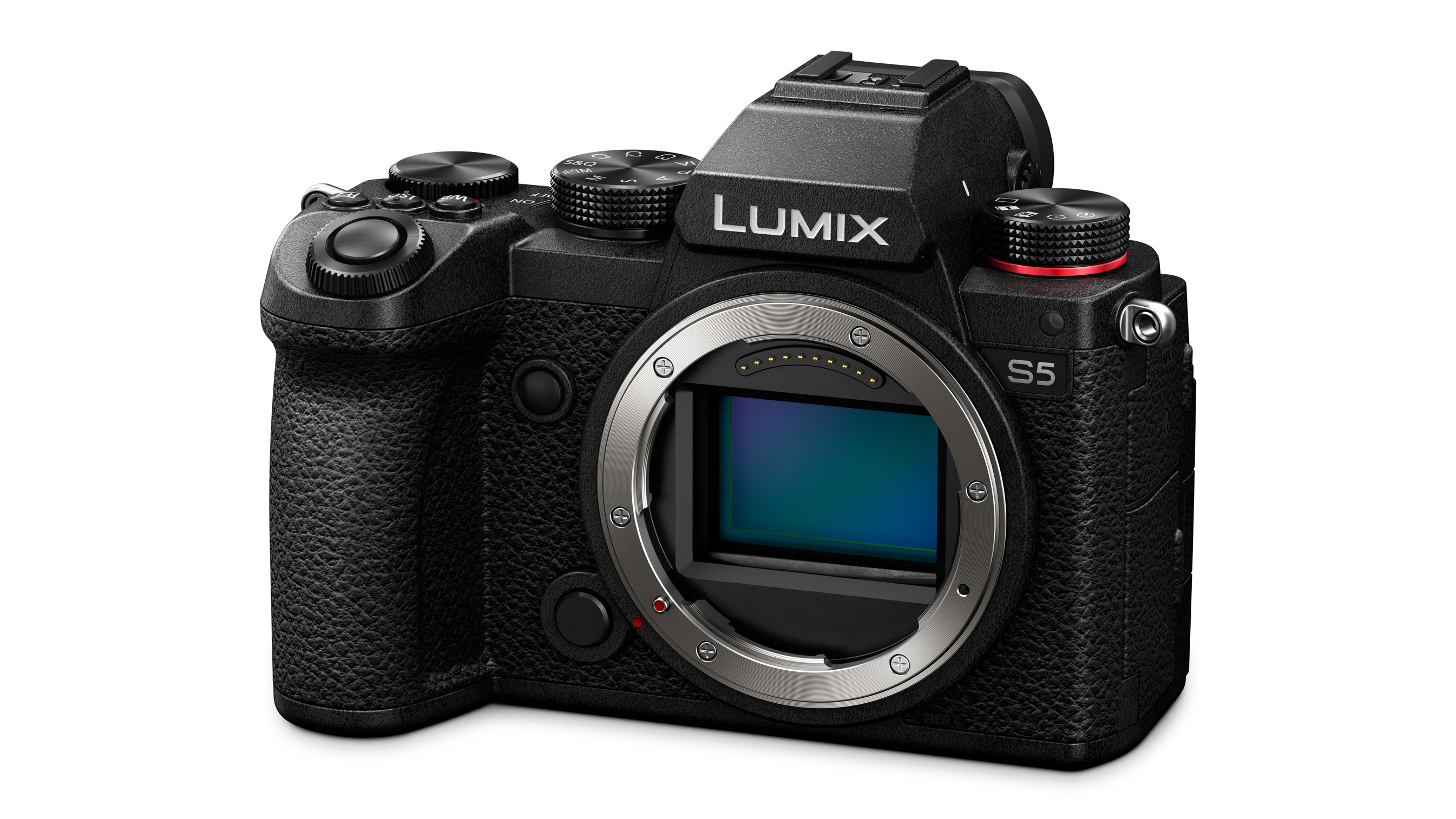
This same sensor shift stabilisation system is used to offer a 96-megapixel High Resolution mode, which can capture and merge both JPEG and raw images in-camera, from eight images taken consecutively.
There is also a Live Composite mode for long exposures of fireworks and other night scenes where you want to capture high-brightness subjects without overexposing the background.
A new 2,200mAh battery offers 470 shots on a charge using the live viewfinder (LVF) or 1,500 shots in Power Save mode, and you can both power the camera and charge the battery via a USB-C port.
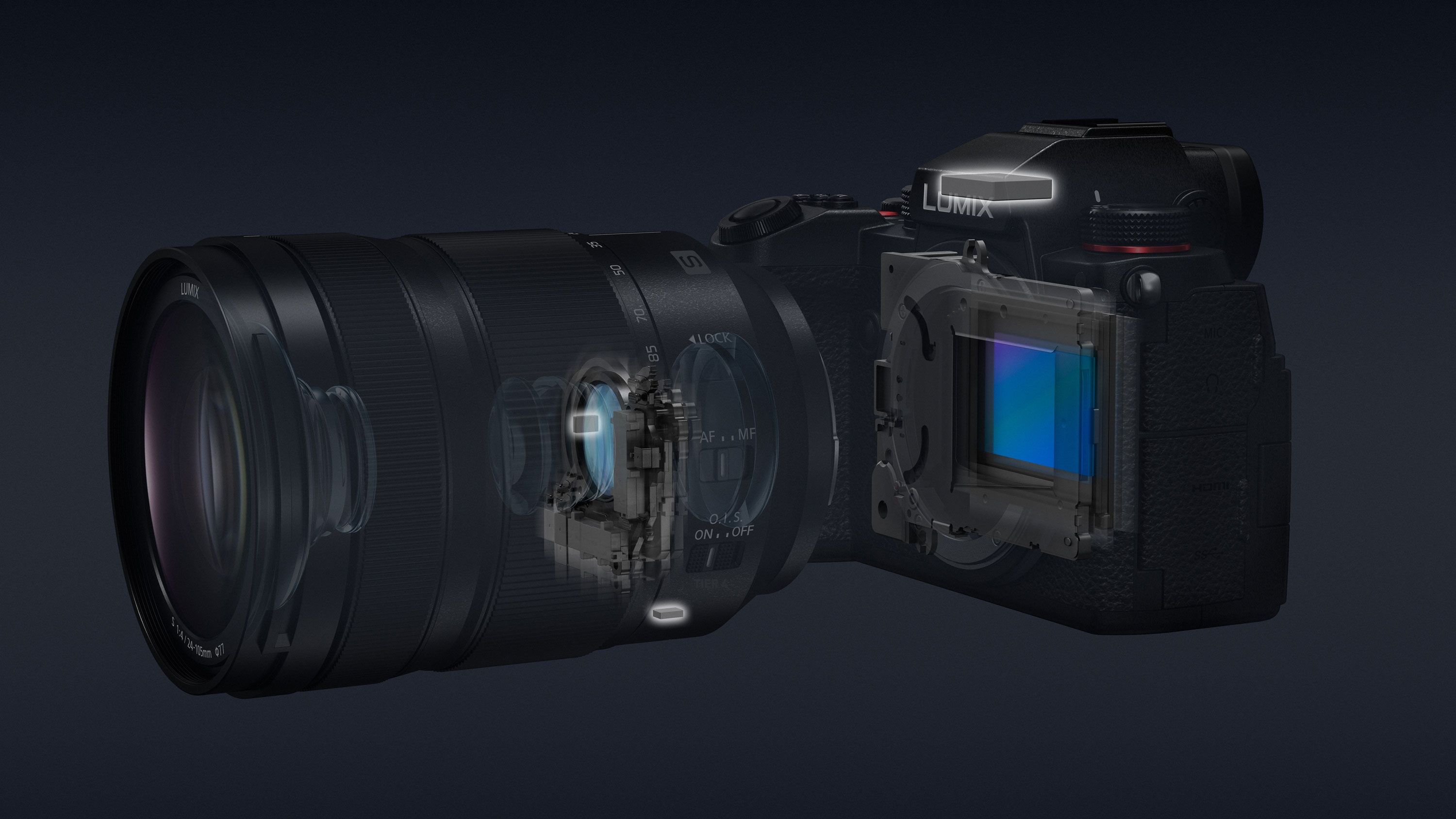
There are two SD/SDHC/SDXC card slots, though only one is UHS-II compatible – the other is UHS-I only.
This being a Panasonic, you also get a 6K Photo mode, where you can select individual 18-megapixel frames from sequences captured at 30fps.
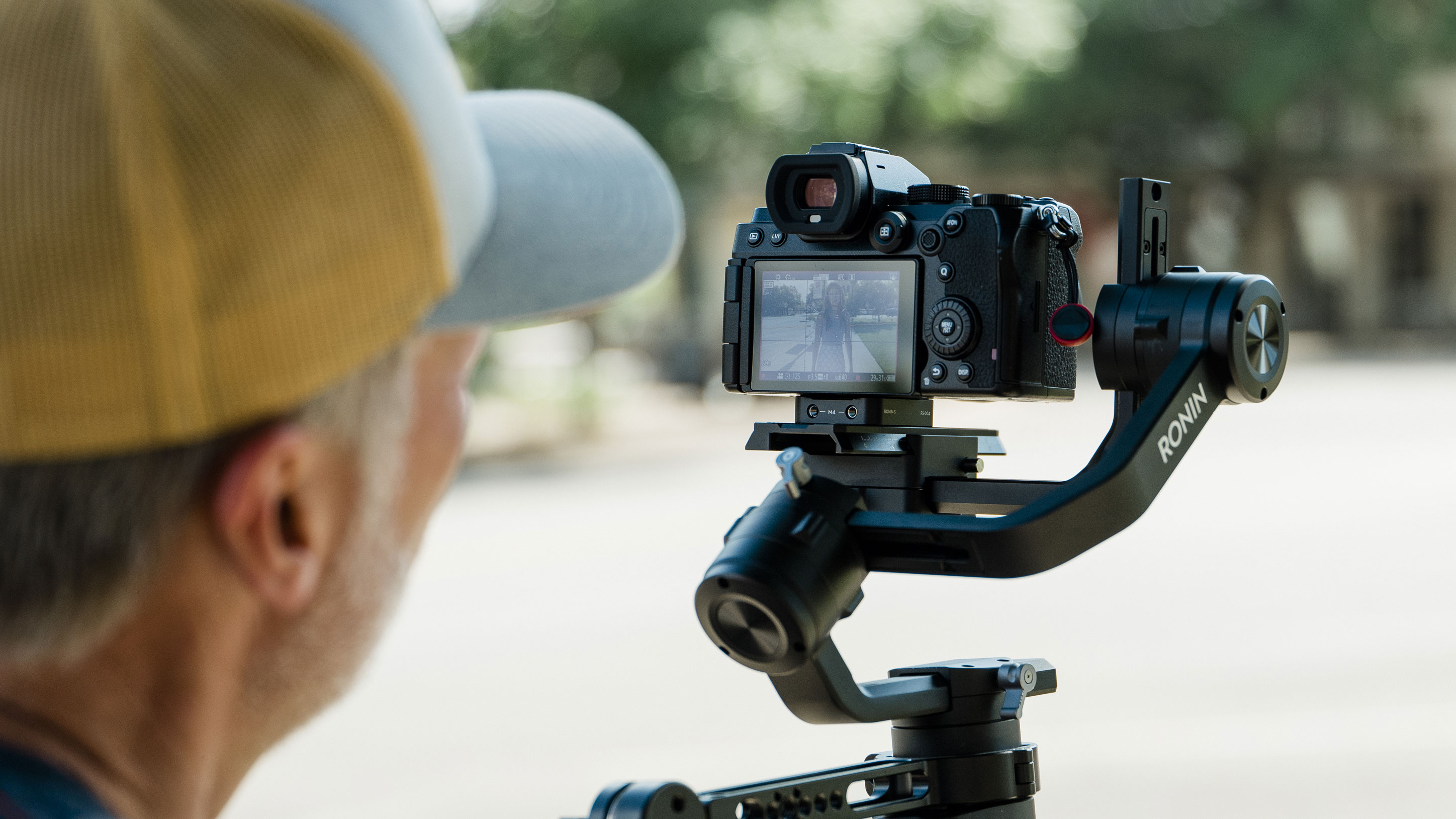
Lumix S5 video specifications
The Lumix S5 looks good as a compact and affordable full frame stills camera, but its video credentials are more impressive still.
Its headline feature is its ability to capture 4K 60p/50p 4:2:0 10-bit video internally – the 60p frame rate combined with 10-bit recording already elevates it above most rivals.
Other options include 4K 30/25p 4:2:2 10-bit video recorded internally, and 4K 30p 4:2:0 8-bit internal recording with no time limit – made possible by Panasonic’s “exceptional” heat dispersal technology. Heat buildup is a hot topic (sorry) with 4K cameras right now.
The Lumix S5 can record higher quality video to an external recorder via HDMI, with 4K 60/50p 4:2:2 10-bit available at launch and a firmware update to follow by the end of 2020 to allow 5.9K raw capture with an Atomos Ninja V.
Panasonic’s V-Log/V-Gamut profiles are included, along with V-Log View Assist, Waveform Monitor and a variety of other recording modes including a 4:3 Anamorphic mode, Slow & Quick Motion (4K 1-60fps – 30x quick to 2.5x slow, FHD 1-180fps – 60x quick to 7.5x slow), 4K intervals shooting and 4K HDR.

The Lumix S5 inherits the Dual ISO feature of the Lumix S1H, with two native ISO settings of ISO 640 and 4,000. This switches noise control circuits at high ISO settings for optimum high-sensitivity capture, which tops out at ISO 51,200. Panasonic says the S5 offers 14+ stops of dynamic range, to put it on a par with dedicated cinema cameras.
The firmware update, due by the end of 2020, will include the raw HDMI output already mentioned, plus C4K recording, Anamorphic 3.5K (3536x2656) at 50p and other video functions including Vector Scope Display, and Master Pedestal Adjustment and SS/Gain Operation (SEC/ISO, ANGLE/ISO, SEC/dB)
Optional accessories for the Lumix S5 will include a Microphone Adaptor (DMW-XLR1) for XLR mics and others, a battery Grip (DMW-BGS5) with an extra battery for up to 940/3,000 shots, a Remote Shutter (DMW-RS2), DC coupler (DMW-DCC17) and Tripod Grip (DMW-SHGR1).
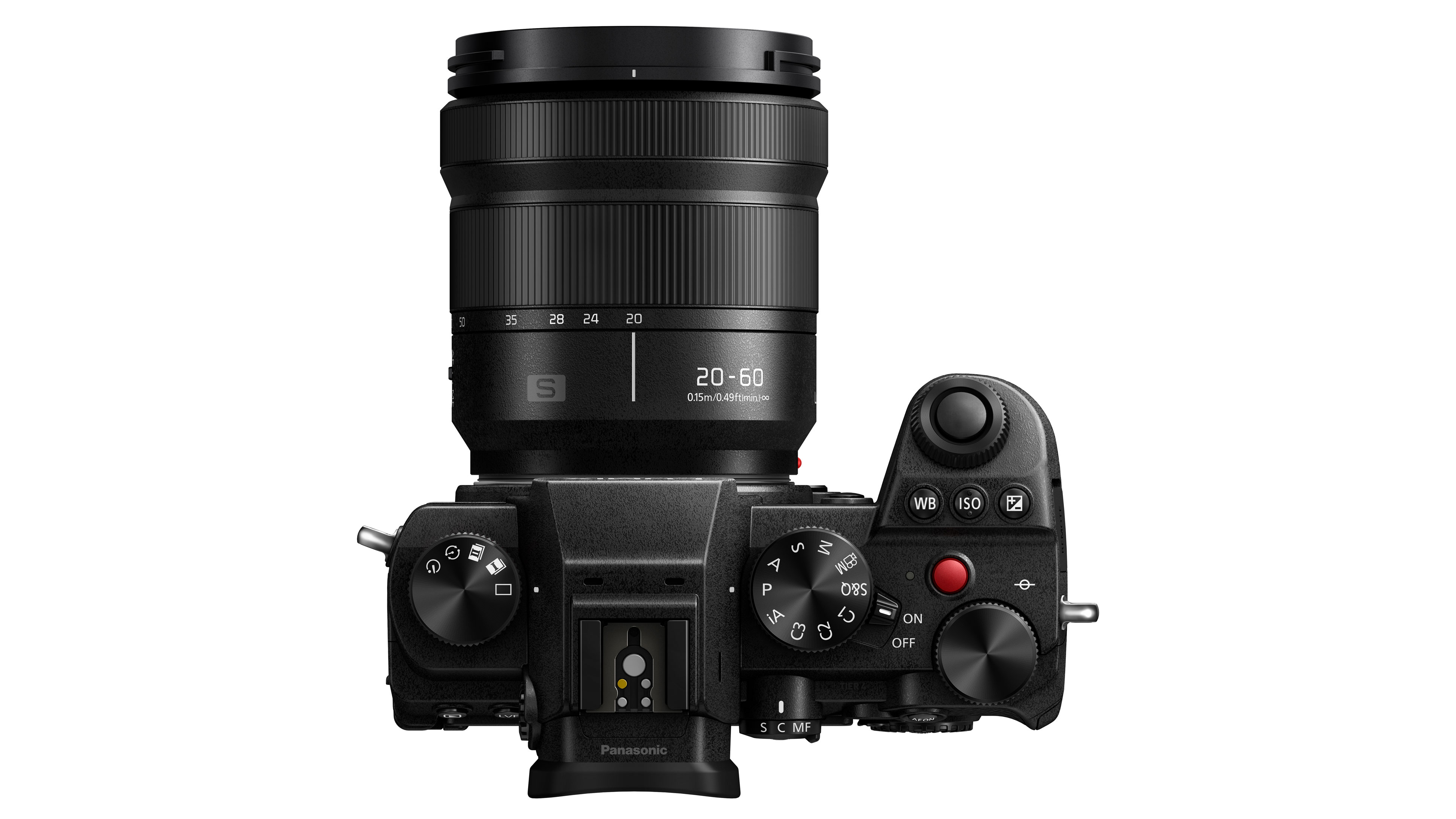
Panasonic Lumix S5 price and availability
The Lumix S5 is expected to be available mid-September, for $1,999.99/£1,799.99/AUS$3199 body only or $2,299.99/£1,999.99/AUS$3699 with Panasonic Lumix S 20-60mm f/3.5-5.6 kit lens.
This gives it a substantial $500 approx price advantage over the next model in the range, the Lumix S1, and this, combined with the Lumix S5’s advanced specs and much smaller body, make it look like a very convincing lower-cost alternative.
• Pre-order the Panasonic Lumix S5 from Adorama
• Pre-order the Panasonic Lumix S5 at B&H Photo
• Pre-order the Panasonic Lumix S5 at Wex Photo (UK)
• Pre-order the Panasonic Lumix S5 at Digital Camera Warehous (Aus)
Read more:
• Best Panasonic cameras
• Best mirrorless cameras
• Best cameras for video
• Panasonic Lumix S1 review
• Panasonic Lumix S1R review
• Panasonic Lumix S1H review

Rod is an independent photography journalist and editor, and a long-standing Digital Camera World contributor, having previously worked as DCW's Group Reviews editor. Before that he has been technique editor on N-Photo, Head of Testing for the photography division and Camera Channel editor on TechRadar, as well as contributing to many other publications. He has been writing about photography technique, photo editing and digital cameras since they first appeared, and before that began his career writing about film photography. He has used and reviewed practically every interchangeable lens camera launched in the past 20 years, from entry-level DSLRs to medium format cameras, together with lenses, tripods, gimbals, light meters, camera bags and more. Rod has his own camera gear blog at fotovolo.com but also writes about photo-editing applications and techniques at lifeafterphotoshop.com
